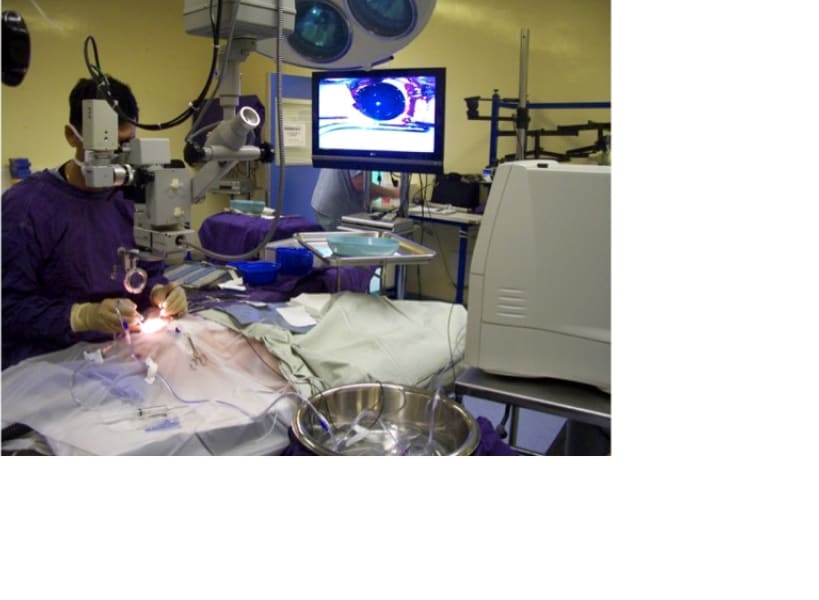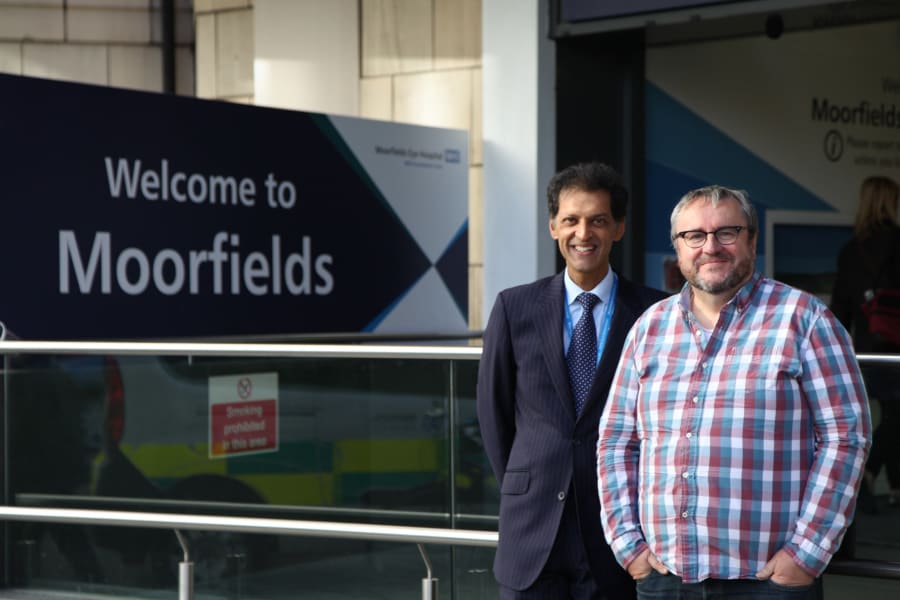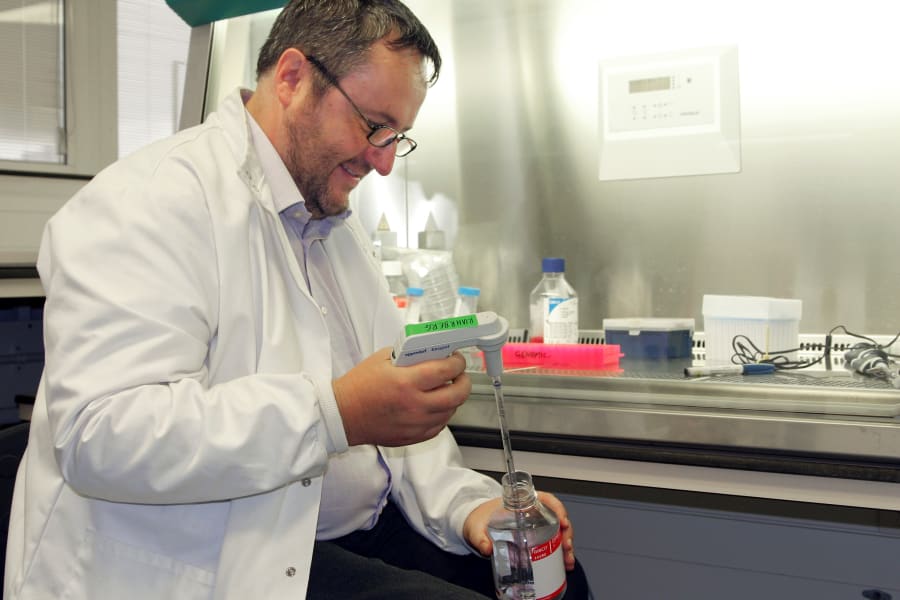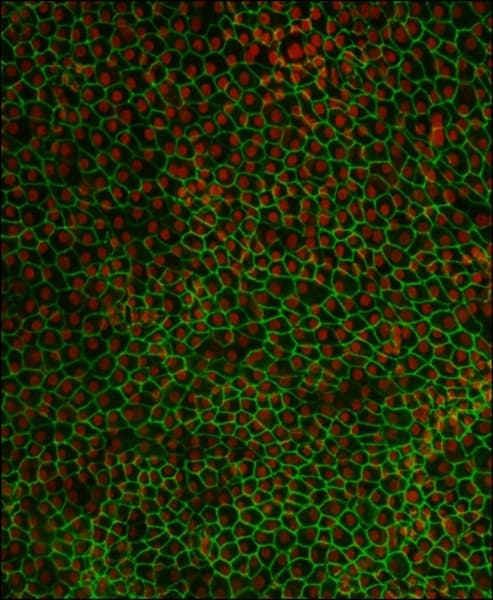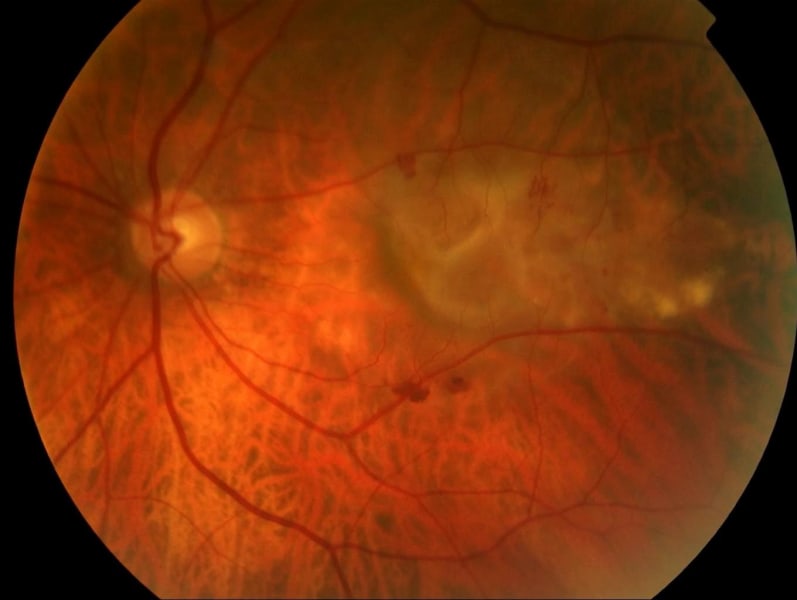Health
Using stem cells to cure blindness
By Kieron Monks, for CNN
Updated 1718 GMT (0118 HKT) March 7, 2016
Share
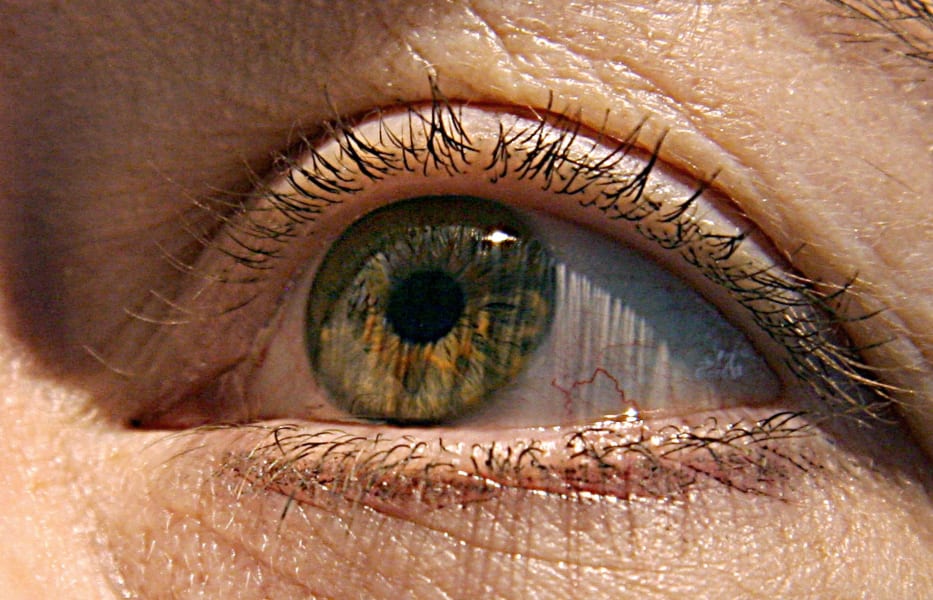

1 of 9
Age-related macular degeneration (AMD), is the leading cause of blindness in the Western world. A new stem cell therapy, by the London Project to cure Blindness, is offering promise of a cure. KAREN BLEIER/AFP/Getty Images
Stem cells offer the potential to be cultivated to become many other cell types in the body. Their ability to form cells within the eye could be key to reversing blindness. Pictured, a colony of human embryonic stem cells under the microscope. University of Michigan Pluripotent Stem Cell Core
Cells in the eye's Retinal Pigmented Epithelium (REP) support the eye's vision center, the macula. Damage to these cells leads to deterioration of the macula, resulting in AMD. Pictured, retinal pigment epithelium (RPE) cells derived from human embryonic stem cells. University of California, Santa Barbara
Professor Pete Coffey, head of the London Project to Cure Blindness, has invented a stem cell treatment for AMD that could restore the vision of sufferers. UCL
Coffey's team are developing treatments for AMD based on transplanting new RPE cells, made from human embryonic stem cells (pictured), into patients suffering with AMD. Human embryonic stem cells have unleashed the potential for therapies for a range of diseases as well as AMD, including ALS, Alzheimer's, and some cancers. ANNE-CHRISTINE POUJOULAT/AFP/Getty Images
AMD affects an estimated 15 million people in North America and up to 30 million worldwide. Pictured, a severe form of Age-related Macular Degeneration (AMD) seen from the back of the eye. UCL
The treatment is on trial in London, where the first patient underwent the procedure on August 11, 2015. CNN
The surgery was conducted by Professor Lyndon de Cruz (left) at Moorfields Eye Hospital in London. Nine more patients will receive the treatment during this trial. Yasmyn Rybak-Rajewski
For Coffey, the procedure was the culmination of an eight-year journey to cure the disease. He hopes it will become as routine as cataract surgery, and be made available to all sufferers of the disease. UCL
